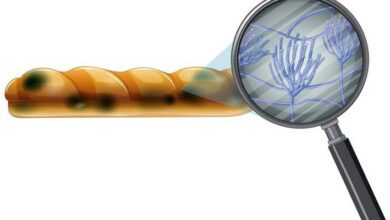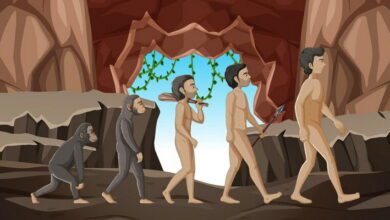Human Evolution MCQs with Answers

Welcome to the Human Evolution MCQs with Answers. In this post, we have shared Human Evolution Online Test for different competitive exams. Find practice Human Evolution Practice Questions with answers in Biology Tests exams here. Each question offers a chance to enhance your knowledge regarding Human Evolution.
| That is, basically speaking, human evolution is therefore research into how humankind came to exist and how they developed over millions of years. The field is based on insights drawn from anthropology, paleontology, genetics, and archaeology as ways to understand how human beings evolved from ancestors common with other primates. It starts with the early hominins like Australopithecus, dating back around 4 million years in Africa. Other major human evolutionary milestones include the genus Homo that emerged around 2.5 million years ago with species of Homo habilis where they used stone tools. Another important species known to man’s evolution was Homo erectus with their larger brain mass and much more complex behavior, and they were the first to migrate out of Africa. Most significant breakthroughs in human evolution have actually led to the appearance of Homo sapiens around 300,000 years ago. Modern humans evolved further advanced cognitive capacity, sophisticated communication, and sophisticated tool use, as well as very lovely art and other manifestations. Such features place modern humans beyond other species. Genetic analyses even within mitochondrial DNA and the Y chromosome have also illustrated concretes, such as examples of indicators supporting the “Out of Africa” theory, which demonstrate how modern humans dispersed out of Africa to inhabit other regions of Earth. Of course, such human evolution involves the study of our closest extinct relatives with whom Homo sapiens interbred-hence Neanderthals, Denisovans, and their interactions with modern humans-shed light on the genetic diversity and adaptability of the human population. |
Human Evolution Online Quiz
By presenting 3 options to choose from, Human Evolution Quiz which cover a wide range of topics and levels of difficulty, making them adaptable to various learning objectives and preferences. You will have to read all the given answers of Human Evolution Questions and Answers and click over the correct answer.
- Test Name: Human Evolution MCQ Quiz Practice
- Type: Quiz Test
- Total Questions: 40
- Total Marks: 40
- Time: 40 minutes
Note: Answer of the questions will change randomly each time you start the test. Practice each quiz test at least 3 times if you want to secure High Marks. Once you are finished, click the View Results button. If any answer looks wrong to you in Quizzes. simply click on question and comment below that question. so that we can update the answer in the quiz section.
Download Certificate of Quiz Human Evolution
On the end of Quiz, you can download the certificate of the quiz if you got more than 70% marks. Add a certificate to your job application or social profile (like LinkedIn) and get more job offers.
Download Human Evolution MCQs with Answers Free PDF
You can also download 100 Human Evolution Questions with Answers free PDF from the link provided below. To Download file in PDF click on the arrow sign at the top right corner.
If you are interested to enhance your knowledge regarding English, Physics, Chemistry, Computer, and Biology please click on the link of each category, you will be redirected to dedicated website for each category.





Хотите собрать данные о пользователе? Этот бот предоставит детальный отчет мгновенно.
Используйте уникальные алгоритмы для поиска цифровых следов в открытых источниках.
Узнайте контактные данные или активность через автоматизированный скан с верификацией результатов.
зеркало глаз бога
Система функционирует в рамках закона , обрабатывая открытые данные .
Закажите расширенный отчет с геолокационными метками и списком связей.
Доверьтесь проверенному решению для digital-расследований — точность гарантирована!
“Every visit, like, and comment makes a difference. Thank you for being an important part of our community!” 🌍